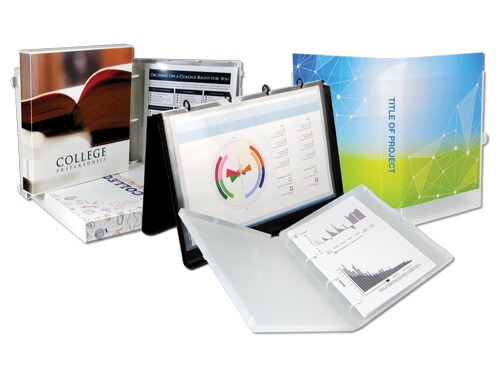




Benefits of Using Polypropylene
Case and View case binders are made of 100% polypropylene
This means they are curbside recyclable in virtually every country in the world.
By using polypropylene, production uses up to 41% fewer raw materials.
The new technology (polypropylene) resulted in lowering the COD in the liquid waste by 99%, steam consumption by 68%, and electricity by 60%.
Investments were reported to be 46% lower compared to the conventional technology. Operational costs are reported to be 19% lower than that of similar conventional plants.
Archival-Safe
UniKeep products are archival-safe, meaning that they can store documents and photographs safely, where as other materials such as vinyl and acid paper products produce harmful chemicals throughout years of storage.
PAT (Photographic Activity Tests) were conducted by an independent laboratory, which confirmed that UniKeep binders and their overlays are safe for archival storage.
Plastic enclosures manufactured from polyvinyl chloride (PVC) are not recommended for archival photographic storage. This plastic, often referred to as “vinyl” is not as stable as some other plastics. It can contain volatile plasticizers and emit damaging hydrochloric acid as it deteriorates.
Disadvantages of Other Plastics (PVC)
Dioxin has been found in PVC (vinyl) process waste in concentrations as high as 200,750 parts per billion (ppb), which compares closely with that found in Agent Orange production wastes.
According to the EPA, incineration of municipal and medical waste, which is heavily loaded with PVC, is the largest source. [20] Dioxin has no commercial value and is extremely toxic, long-lived and ubiquitous in both the environment and our bodies.
Much of the discarded PVC is burned knowingly in municipal incinerators or accidentally in building fires, sending minute but extremely potent quantities of dioxin into the air. When airborne this potent chemical travels a few feet or thousands of miles.